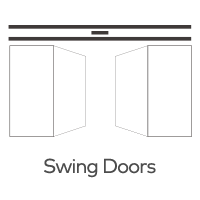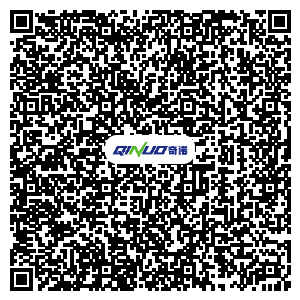How Durable Is the Safescan Laser Safety Sensor? A Look at Its Resistance to Light, Weather, Dust, and EMI
In real-world applications, automatic doors must operate reliably in challenging environments. One of the most common concerns from installers and facility managers is:
“Can the Safescan Laser Safety Sensor work reliably in harsh conditions—like direct sunlight, rain, snow, or dust? And is it resistant to electromagnetic interference from nearby motors or wireless devices?”
As a trusted OEM manufacturer of high-performance automatic door sensors, we understand that reliability and stability are non-negotiable. This blog will cover how the Safescan Laser Safety Sensor performs in harsh environments, and what makes it an ideal choice for both indoor and outdoor installations.
1. Stable Performance Under Harsh Light Conditions
Unlike infrared sensors that are prone to sunlight saturation, the Safescan sensor uses Time-of-Flight laser technology, which offers:
High immunity to direct sunlight – Performs reliably even under strong natural light
Automatic light compensation – Continuously adjusts sensitivity based on ambient brightness
No false triggers – Prevents unwanted door operations due to glare or lighting changes
This makes it ideal for glass doors, lobby entrances, and outdoor-mounted swing doors exposed to natural daylight.
2. Weather-Resistant and Dustproof Design
Environmental factors such as rain, snow, and dust can cause traditional sensors to misread or fail. That’s why the Safescan sensor is engineered with rugged protection:
IP65-rated housing – Dust-tight and protected against water jets from any direction
Condensation prevention – Intelligent algorithms compensate for fog or light precipitation
Sealed optics – Designed to resist dirt, grime, and airborne particles over time
Whether it's humid tropical climates or dusty industrial settings, Safescan maintains stable and accurate performance.
3. Electromagnetic Interference (EMI) Shielding
Modern environments are filled with potential sources of EMI—like elevator motors, wireless routers, or industrial machinery. The Safescan sensor is built to resist:
Electromagnetic interference (EMI) – Thanks to shielded circuits and noise-filtering firmware
Radio frequency interference (RFI) – Resists disruption from nearby wireless signals
Compliant with EMC standards – Meets international electromagnetic compatibility requirements
This ensures safe and uninterrupted operation in commercial buildings, warehouses, and technology-rich environments.
4. Proven in Real-World Installations
Thousands of Safescan sensors are deployed globally in demanding environments, including:
- Outdoor entrances exposed to intense sunlight and rain
- Industrial facilities with high dust and motorized equipment
- Airports and transit hubs with dense wireless communication traffic
- Hospitals and schools requiring zero-failure safety sensors
Conclusion: Built to Perform, Engineered to Last
The Safescan Laser Safety Sensor for automatic swing doors is not only intelligent—it’s tough, dependable, and interference-resistant. Whether it’s sun, snow, dust, or EMI, Safescan delivers reliable protection and uninterrupted performance you can trust.
Key Features Recap:
Sunlight and glare immunity
Weather and dust resistance (IP65)
EMI/RFI shielding
EMC-compliant and real-world tested
Need a sensor that stands up to the elements?
Explore our full range of weatherproof and interference-resistant laser sensors https://www.u-sensors.com/product/35.html, or get in touch with our OEM support team for custom solutions.







